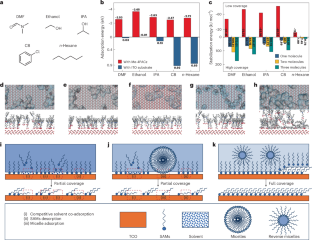2025-04-17 中国科学院(CAS)
<関連情報>
- https://english.cas.cn/newsroom/research_news/earth/202504/t20250417_1041420.shtml
- https://link.springer.com/article/10.1007/s00376-024-4306-4
中国における全球海洋モードと異常降水との月次的な前兆と同期的な本質的な関連性 The Month-to-Year Precursory and Synchronous Inherent Connections between Global Oceanic Modes and Extreme Precipitation over China
Xiaoyu Liu,Yu Zhang,Bian He,Yimin Liu,Guoxiong Wu,Jianjun Xu,Qing Bao,Wenting Hu & Jiangyu Mao
Advances in Atmospheric Sciences Published:20 February 2025
DOI:https://doi.org/10.1007/s00376-024-4306-4
Abstract
The multiscale variability in summer extreme persistent precipitation (SEPP) in China from 1961 to 2020 was investigated via three extreme precipitation indices: consecutive wet days, total precipitation amount, and daily precipitation intensity. The relationships between precursory and concurrent global oceanic modes and SEPP were identified via a generalized linear model (GLM). The influence of oceanic modes on SEPP was finally investigated via numerical simulations. The results revealed that the climatological SEPP (⩾14 days) mainly appears across the Tibetan Plateau, Yunnan–Guizhou Plateau, and South China coast. The first EOF mode for all three indices showed strong signals over the Yangtze River. Further analysis via the GLM suggested that the positive phases of the tropical North Atlantic (TNA) in autumn, ENSO in winter, the Indian Ocean Basin (IOB) in spring, and the western North Pacific (WNP) in summer emerged as the most effective precursory factors of SEPP, which could serve as preceding signals for future predictions, contributing 30.2%, 36.4%, 38.0%, and 55.6%, respectively, to the GLM. Sensitivity experiments revealed that SST forcing in all four seasons contributes to SEPP over China, whereas the winter and summer SST warming over the Pacific and Indian Ocean (IO) contributes the most. Diagnosis of the hydrological cycle suggested that water vapor advection predominantly originates from the western Pacific and IO in summer, driven by the strengthened subtropical high and Asian summer monsoon (ASM). The enhanced vertical water vapor transport is attributed to stronger upward motion across all four seasons. These findings are helpful for better understanding SEPP variabilities and their prediction under SST warming.




